The £1m pair of Victorian sea forts for sale in the waters off Britain, complete with hotel rooms, nightclub and helipad
You might get wet on your commute, but on the plus side you'd never get trouble with noisy neighbours at these utterly unique properties.
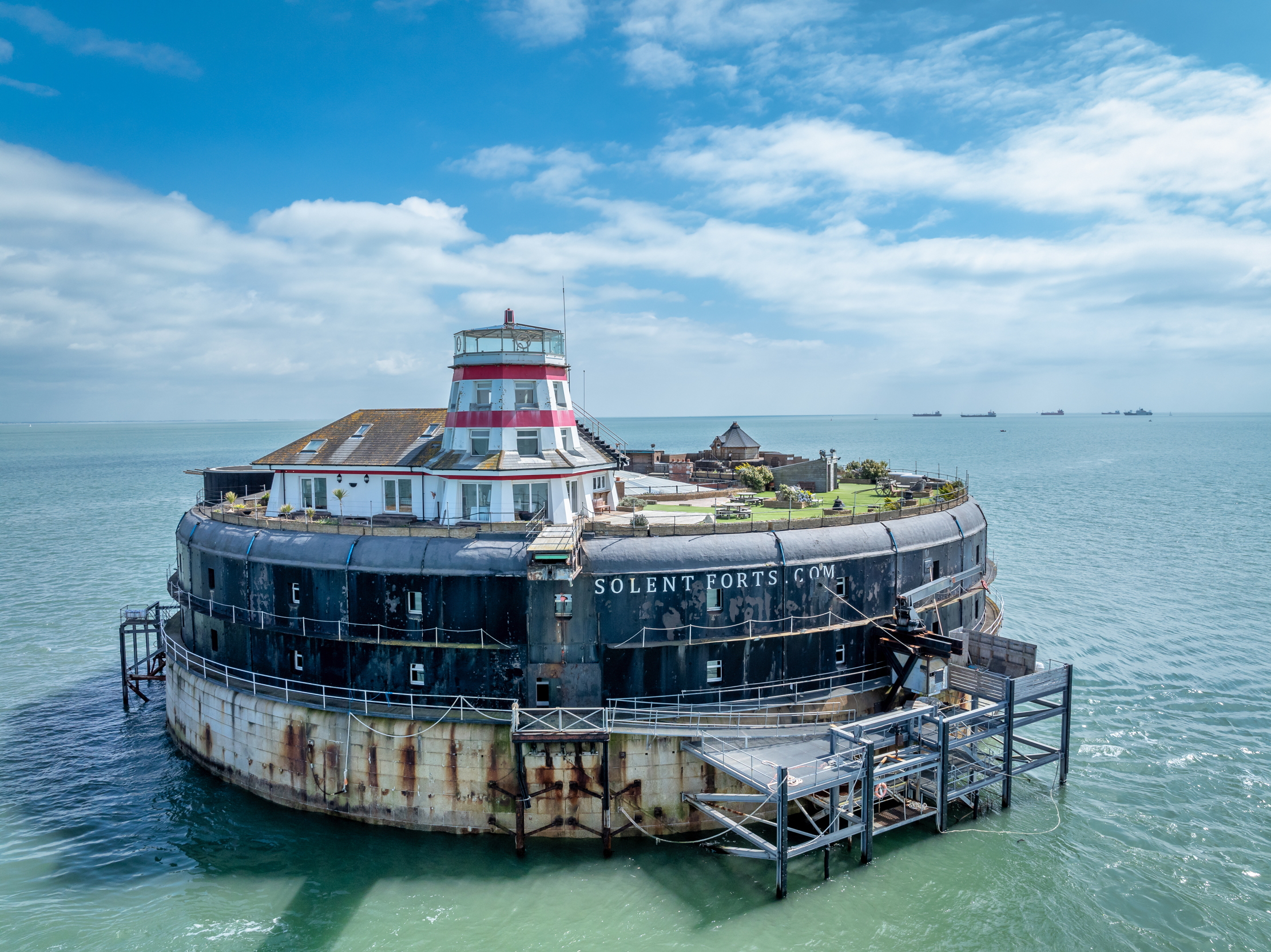

There's something irresistible about the idea of owning your own island. Some hanker after dots on the map in mystically-beautiful locations; others see things differently, caring not for beauty and charm but instead looking for independence and an escape from the usual rules of society, as in the case of Sealand.
Without either factor at play, though, islands can still exert a powerful draw. Take the example of the two ports which have come up for sale in the Solent. There is no nature or beauty, and the city of Portsmouth is little more than a stone's throw away; yet who can look at the images on this page without wondering in awe what life on the fort (on shore? on board? it's hard to say) would be like.
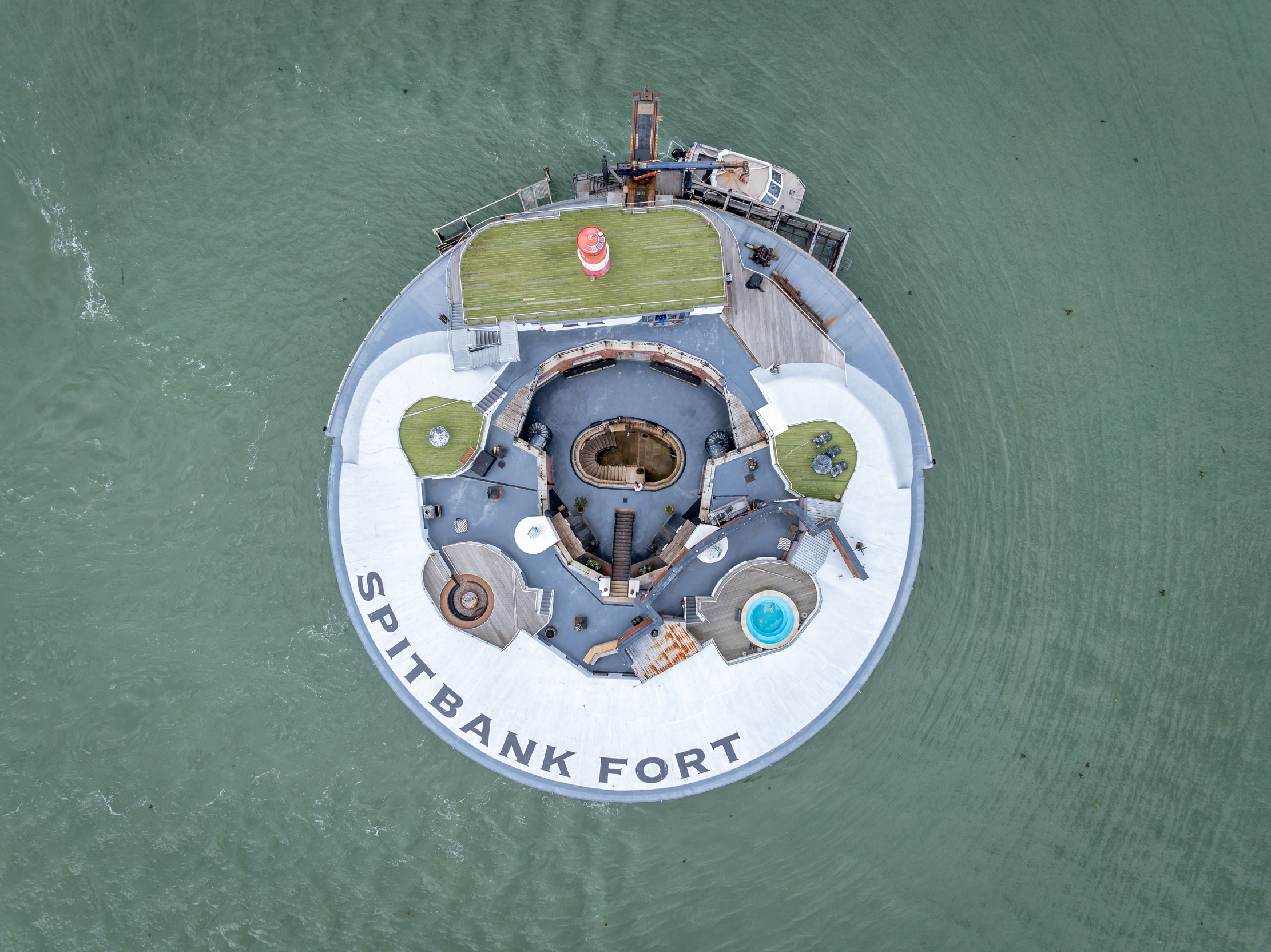
Decommissioned after the war, the forts were sold off in the 1980s. Spitbank Fort was converted into a museum, and later hosted TV programmes and weekend raves.

Spitbank Fort and No Man’s Land Fort and were bought by businessman Mike Clare’s Clarenco, which has invested an estimated £8m on restoring the properties. They came up for sale a few years ago at around £4m each; now, they're for up for auction through Savills, with a bargain guide price of £1 million each.
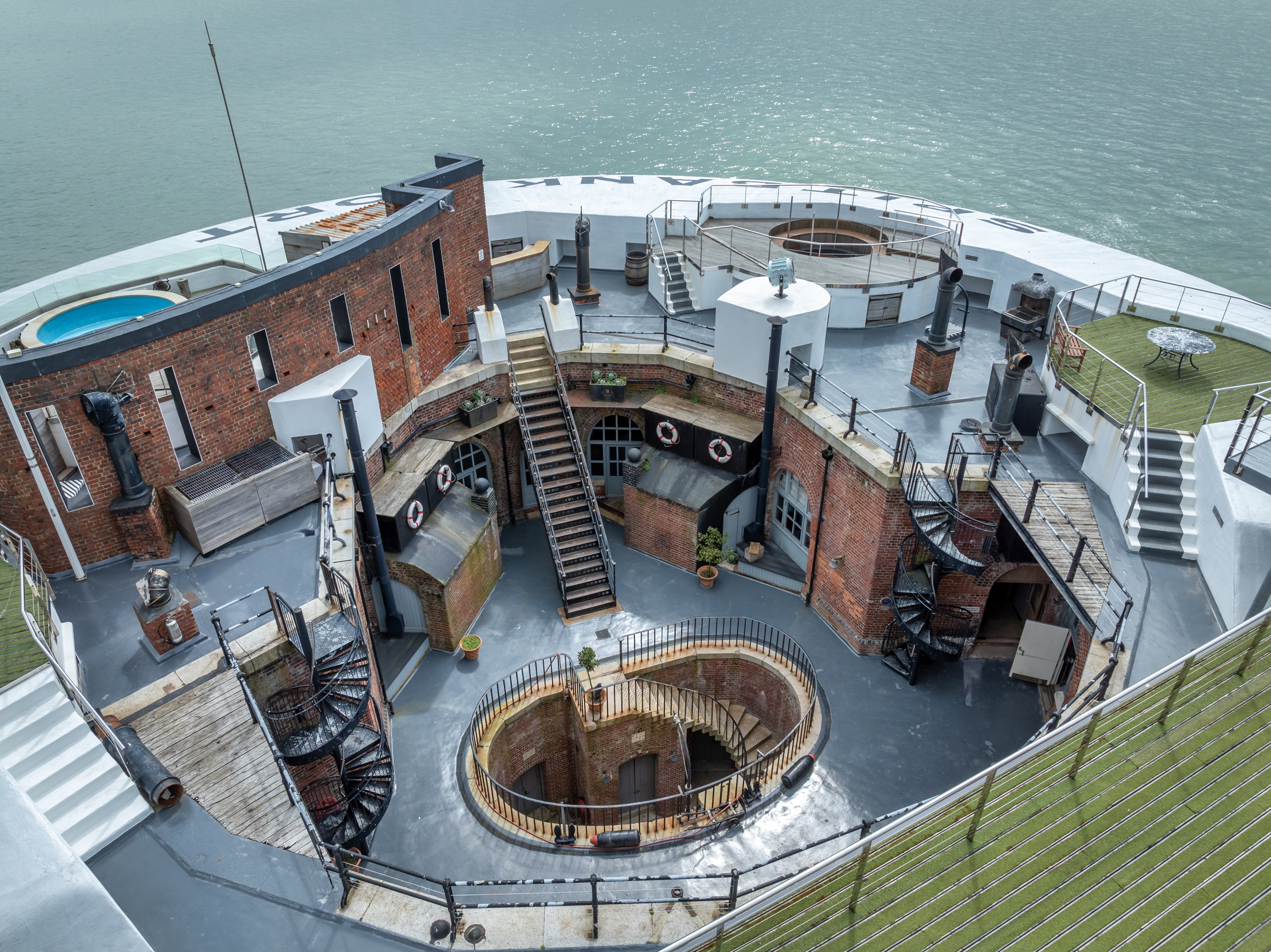
'Throughout my career as an auctioneer I’ve seen several sea forts hit the market that have achieved impressive prices as buyers have sought to pursue these trophy assets,' says Robin Howeson, head of Savills Auctions.

'Having been carefully restored by the current owners, No Man’s and Spitbank Fort represent exceptional market value, each guided at £1 million. Both offer an opportunity like no other; a waterfront location, up to 99,000 sqft of space and a chance to champion the heritage and legacy of these iconic maritime structures.'
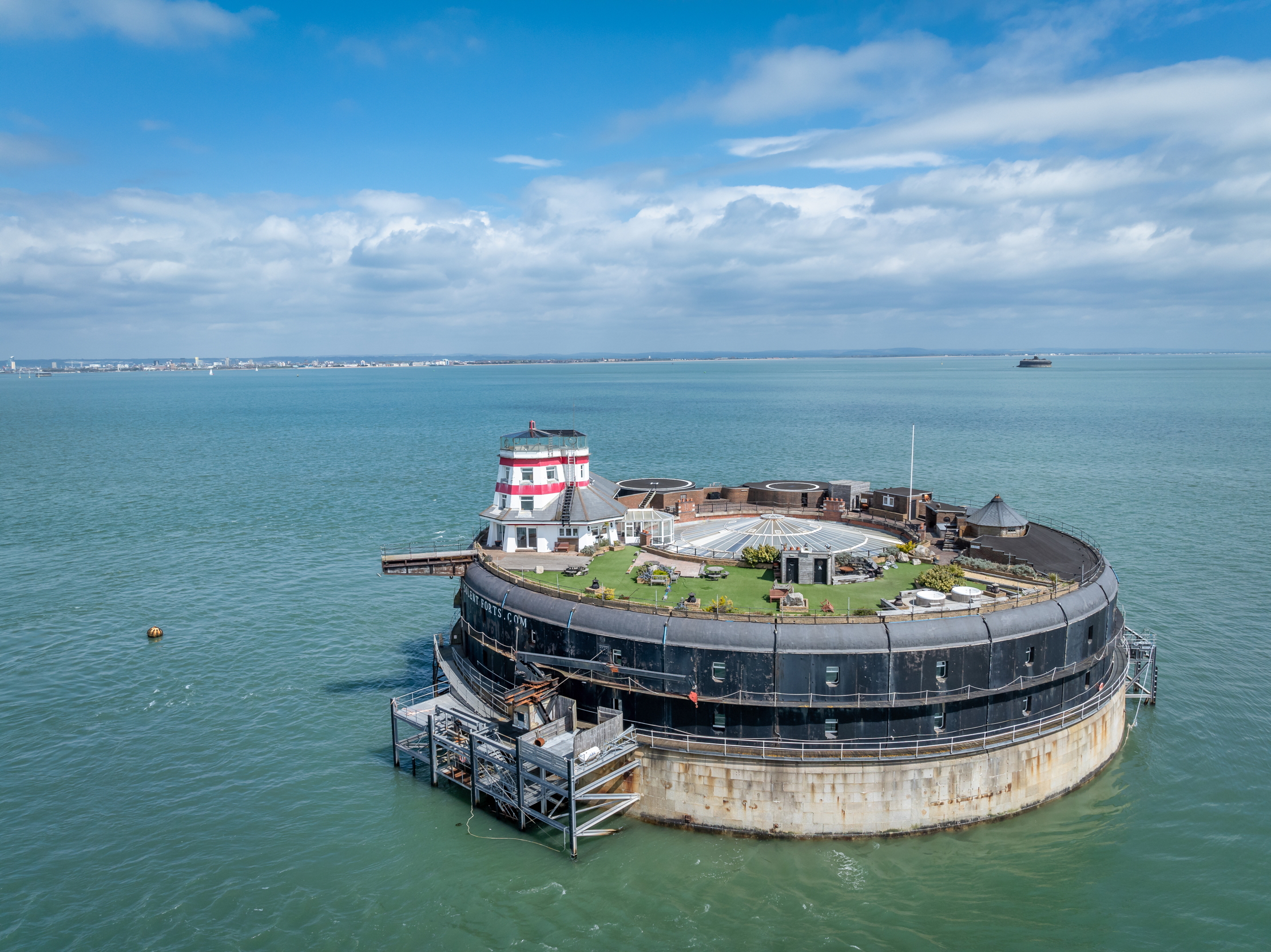
This type of fort has a long history. In the early 16th century, Henry VIII built an extensive set of coastal defences at either end of the Solent, part of his network of Device Forts that effectively controlled access to east and west.
Sign up for the Country Life Newsletter
Exquisite houses, the beauty of Nature, and how to get the most from your life, straight to your inbox.

In the late 1850s, a perceived threat of invasion by France led to the commissioning of a fresh series of forts in the Solent by the Prime Minister, Lord Palmerston. The massive, armour-plated structures took 15 years to build, by which time the French threat had receded and they were no longer required.

During the Second World War, the forts were used to defend the Portsmouth dockyards. Life on site was grim; those serving were deliberately chosen for their inability to swim, to avoid any attempt to escape.
That's far from the case these days. The mix of quirky boutique hotel with a nautical theme is oddly charming, particularly when you throw in some of the original Victorian details which remain to this day.

Clearly as it stands these properties are business opportunities rather than homes for sale, yet we see no reason why Spitbank in particular couldn't work as a private home. Especially for those looking for somewhere from which they can hop in the helicopter to work.
Savills will auction Spitbank Fort and No Man's Fort for a guide price of £1 million each on June 18. Follow the links to each for more details and pictures.
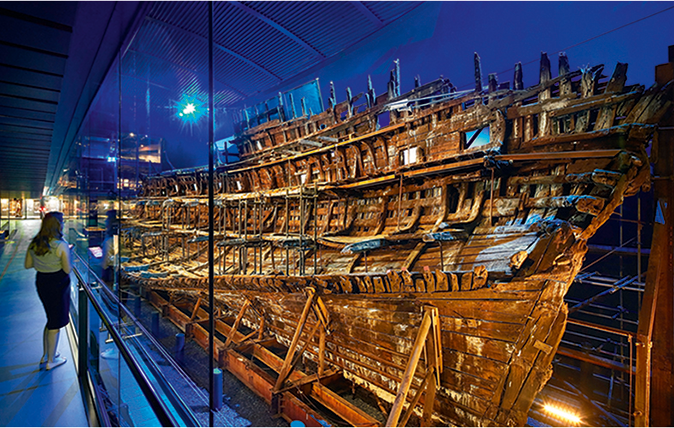
The Mary Rose museum review: Prepare to be moved and impressed
Huon Mallalieu re-visits the Mary Rose museum in Portsmouth for the first time since its refurbishment – and suggests we all
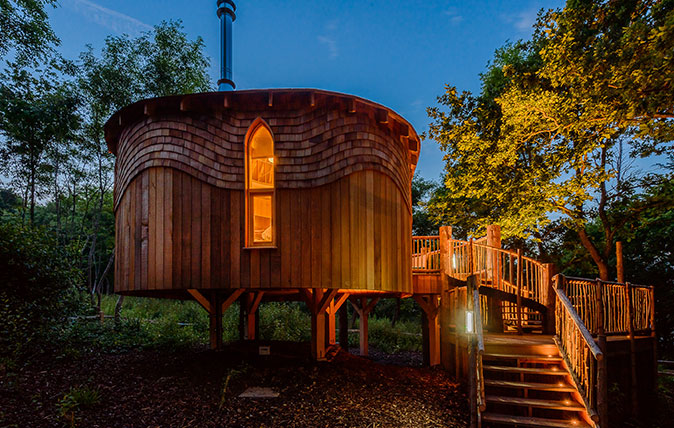
Woodside Bay: An Isle of Wight treehouse hideaway with red squirrels, log burner and a hot tub
The Isle of Wight has long exerted a fascination for artists and writers and can be a blissful spot all
-
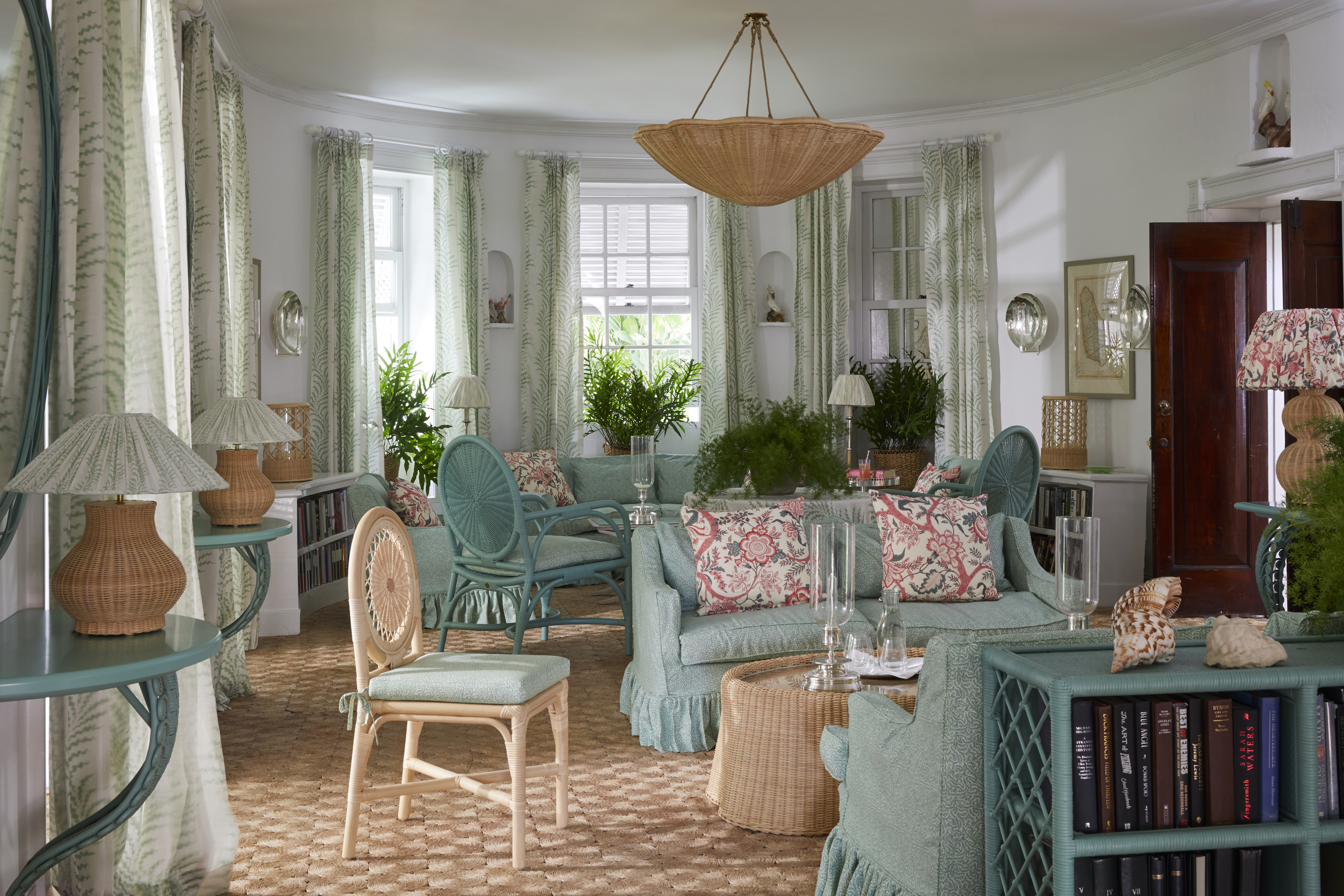 Why British designers dream up the most desirable hotels
Why British designers dream up the most desirable hotelsWhen it comes to hotel design, the Brits do it best, says Giles Kime.
By Giles Kime Published
-
 The five minute guide to 'The Great Gatsby', a century on from its publication
The five minute guide to 'The Great Gatsby', a century on from its publication'The Great Gatsby' sold poorly the year it was published, but, in the following century, it went on to become a cornerstone of world literature.
By Carla Passino Published
-
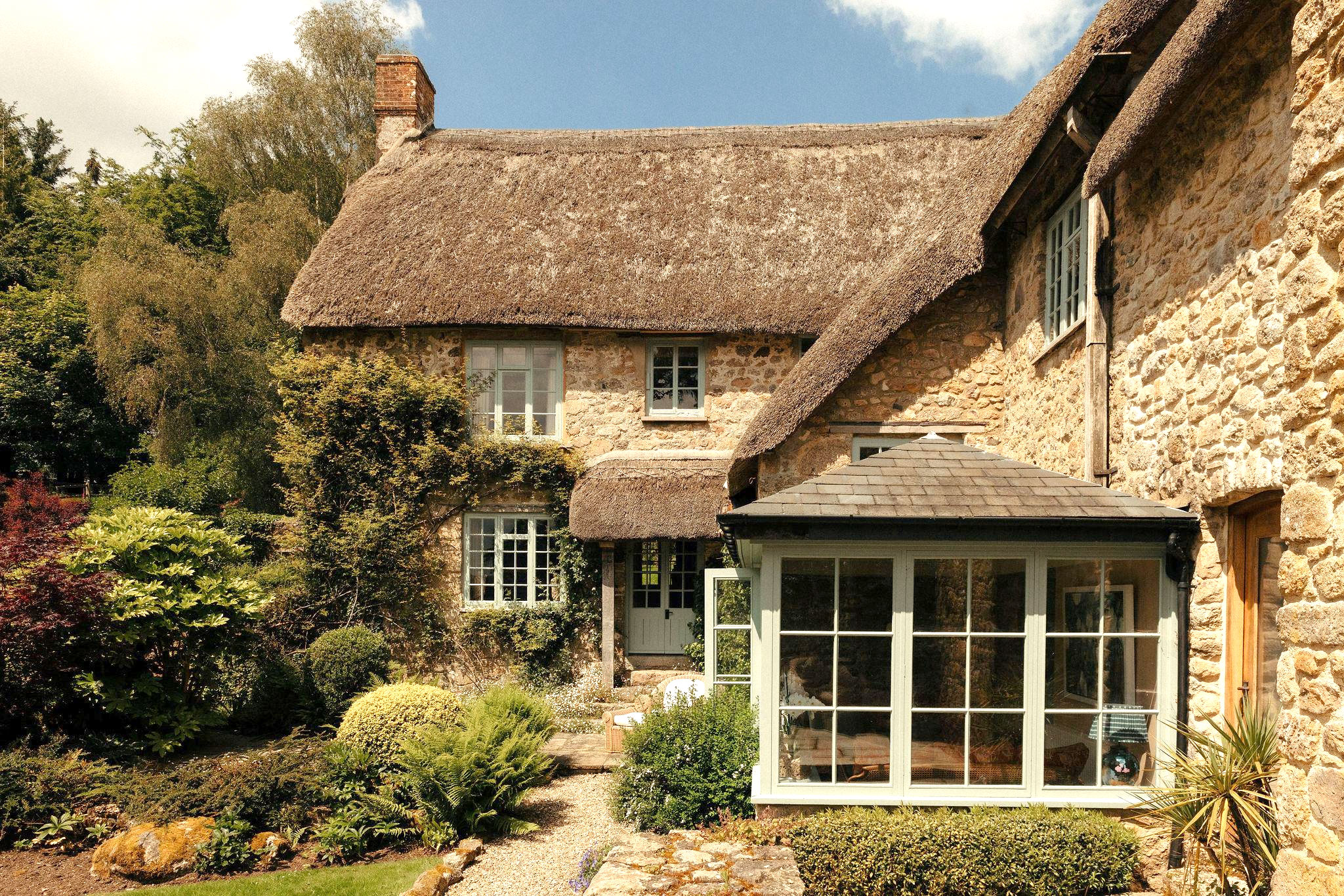 Five beautiful homes, from a barn conversion to an island treasure, as seen in Country Life
Five beautiful homes, from a barn conversion to an island treasure, as seen in Country LifeOur pick of the best homes to come to the market via Country Life in recent days include a wonderful thatched home in Devon and a charming red-brick house with gardens that run down to the water's edge.
By Toby Keel Published
-
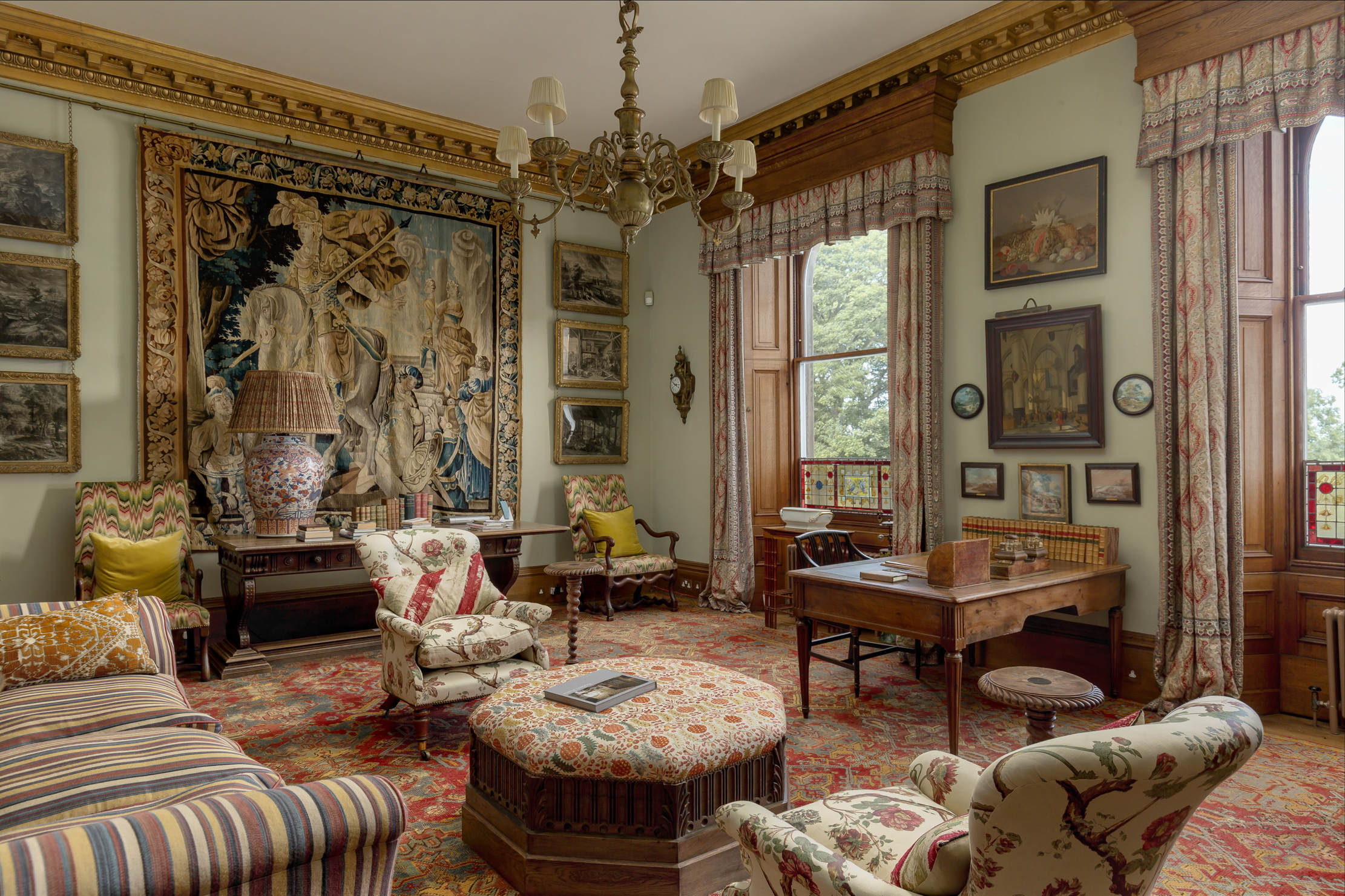 The finest interiors in Edinburgh? A seven-bedroom townhouse furnished by Robert Kime comes to market
The finest interiors in Edinburgh? A seven-bedroom townhouse furnished by Robert Kime comes to marketSituated on one of the New Town's grandest terraces, this four-storey property is a collector's dream.
By James Fisher Published
-
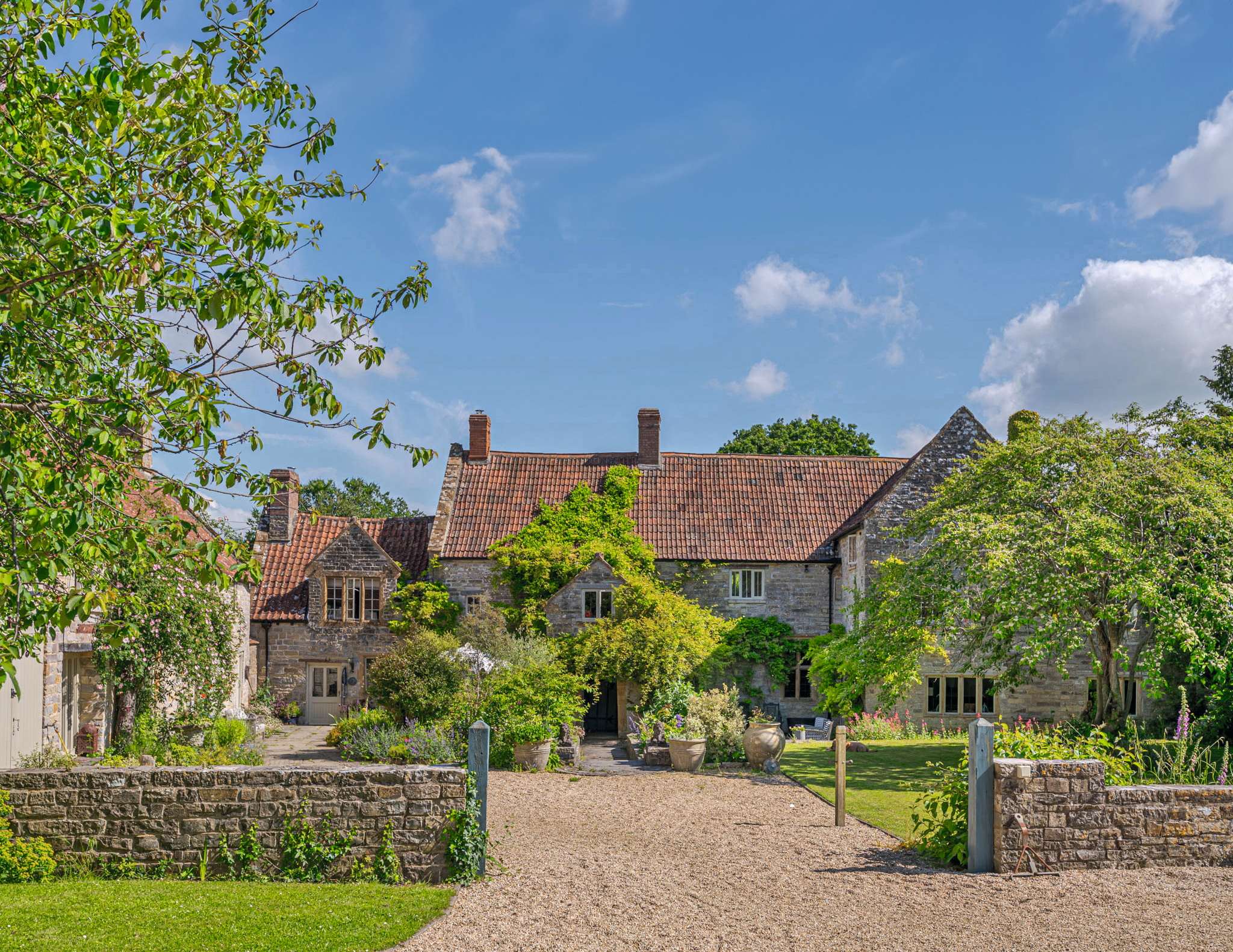 A Grade II*-listed country manor with one of the most beautiful drawing rooms in England
A Grade II*-listed country manor with one of the most beautiful drawing rooms in EnglandIf Old Manor Farm in Somerset is good enough for Pevsner, it's good enough for you.
By Penny Churchill Published
-
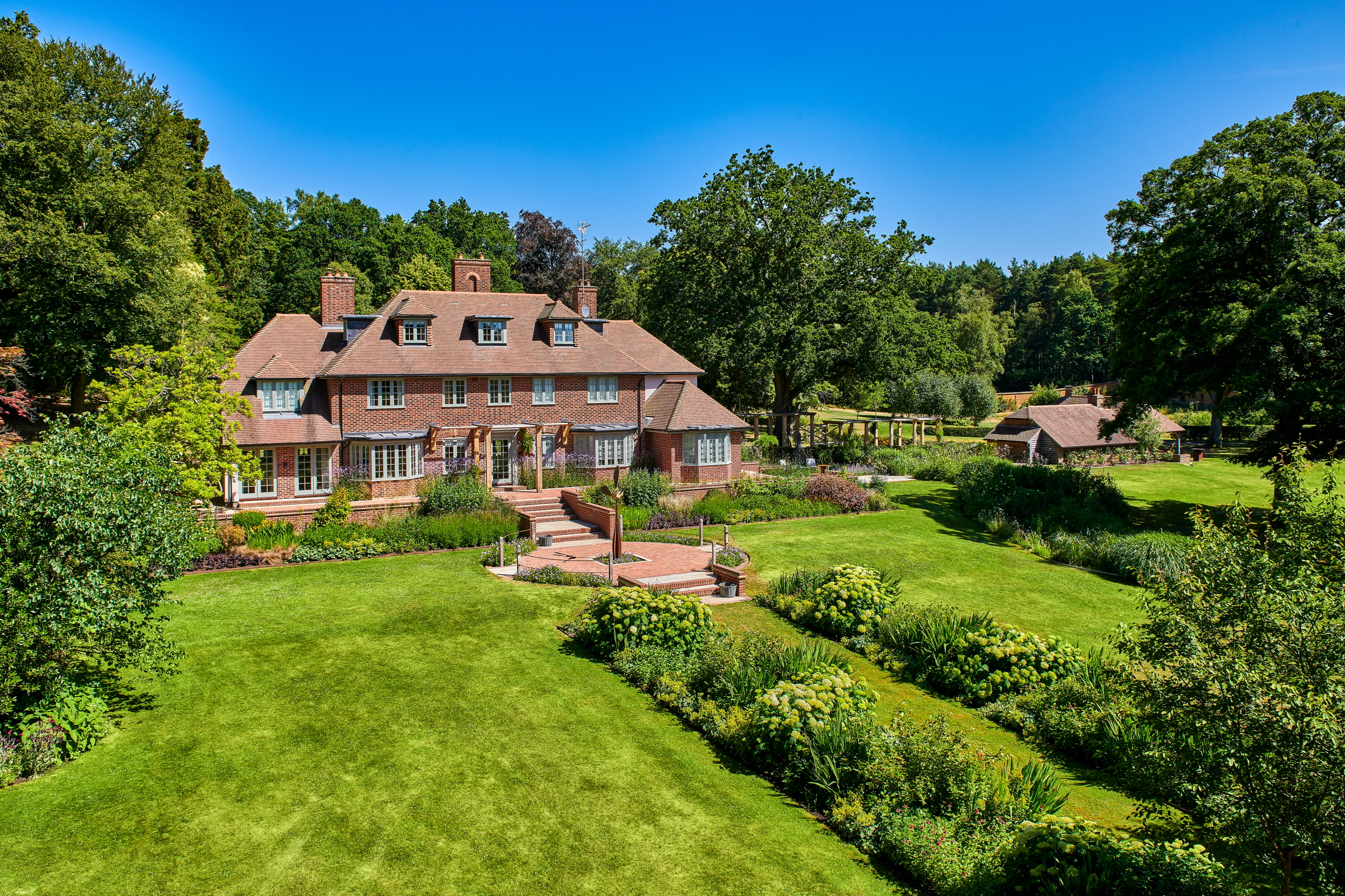 An eight-bedroom home in Surrey where an army of robots will look after your lawns
An eight-bedroom home in Surrey where an army of robots will look after your lawnsDo not fear the bladed guardians of Monksfield House. They are here to help.
By James Fisher Published
-
 A French castle for sale on the banks of the Dordogne? With a swimming pool? Where do we sign?
A French castle for sale on the banks of the Dordogne? With a swimming pool? Where do we sign?This chateau in Lalinde is nothing short of a historical delight in the south of France. And it comes fully furnished.
By James Fisher Last updated
-
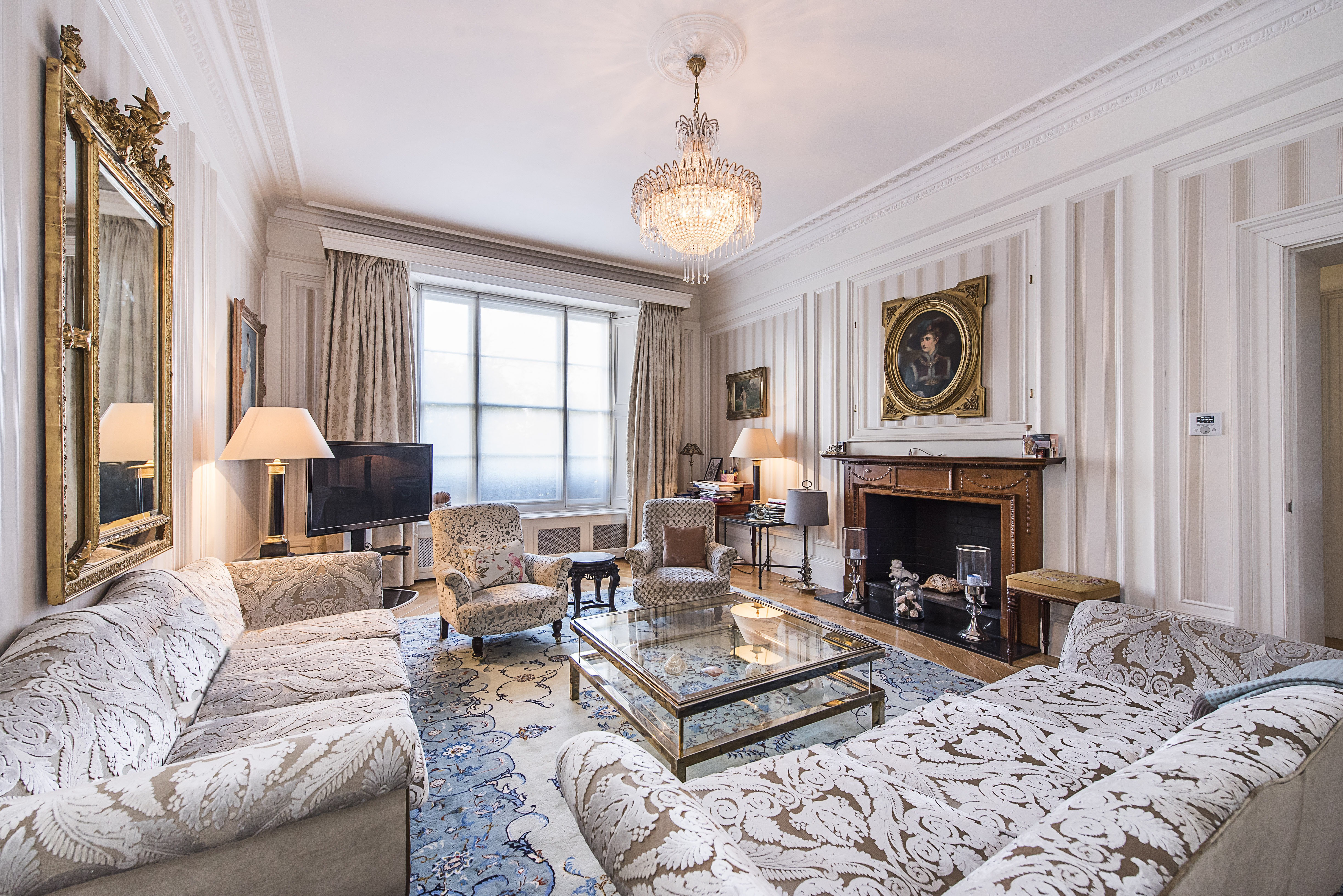 Sip your morning tea where Churchill once paced, as his former Pimlico home comes up for sale
Sip your morning tea where Churchill once paced, as his former Pimlico home comes up for saleThe five-bedroom flat in Eccleston Square offers ‘historical gravitas and modern comfort’ in a leafy pocket of London.
By Annabel Dixon Published
-
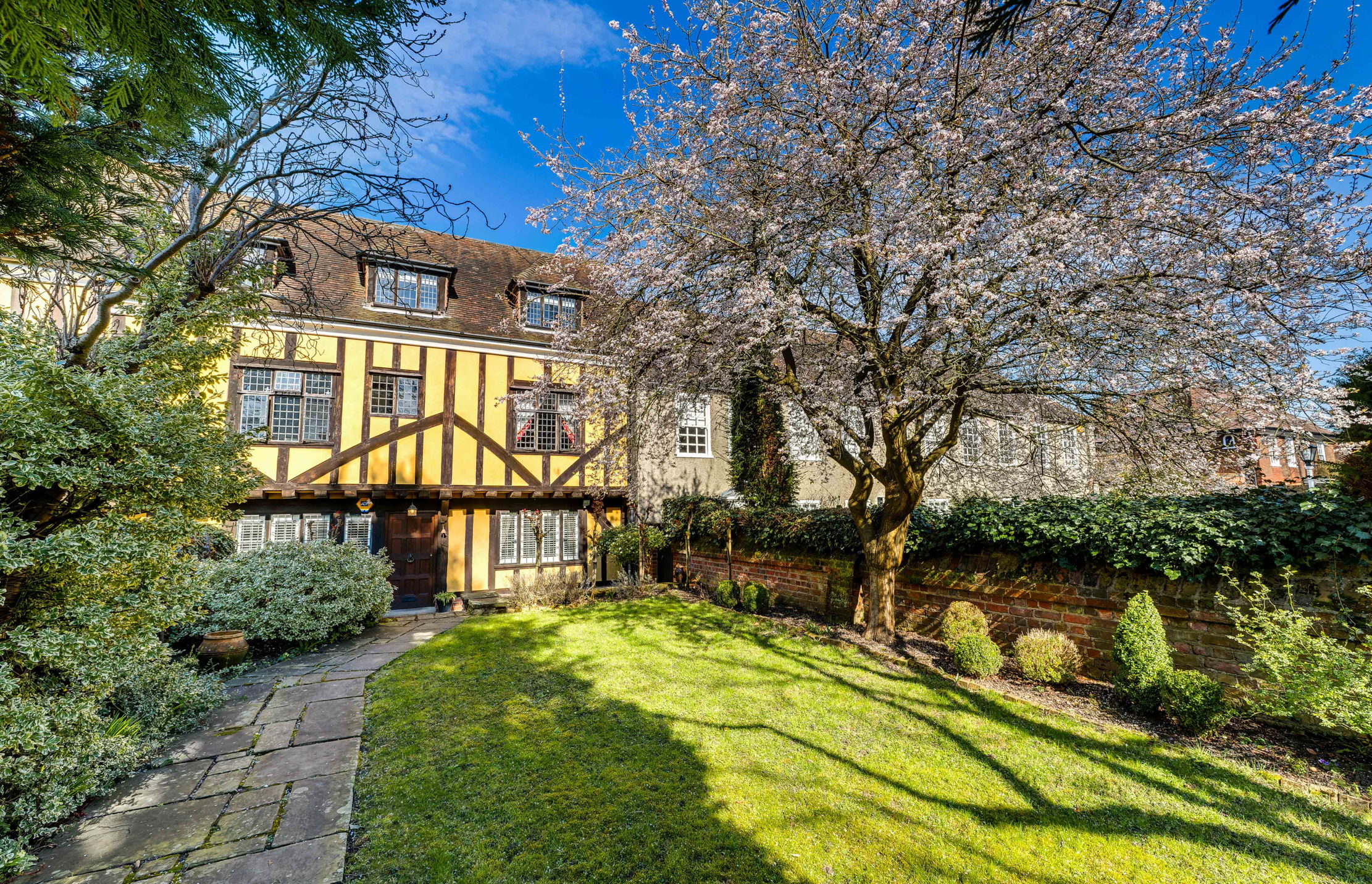 Live a life of Tudor fancy in this five-bedroom London home with links to Cardinal Wolsey and Henry VIII
Live a life of Tudor fancy in this five-bedroom London home with links to Cardinal Wolsey and Henry VIIIFans of Wolf Hall rejoice, as a rare chance to own a Tudor home inside the M25 comes to market.
By James Fisher Published
-
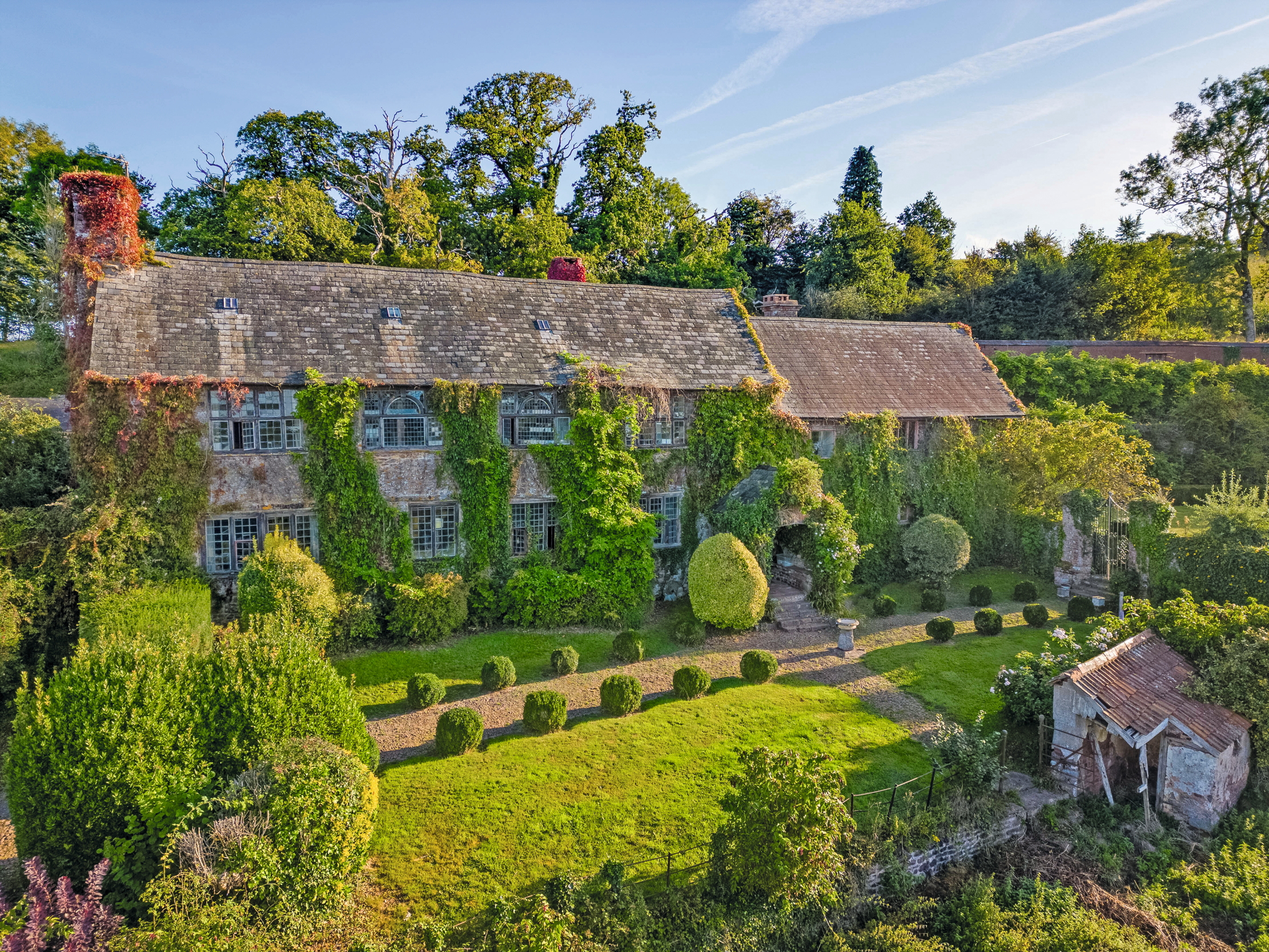 Murder, intrigue and 'the magic of a bygone era' at this eight-bedroom home set in 25 acres of Devon countryside
Murder, intrigue and 'the magic of a bygone era' at this eight-bedroom home set in 25 acres of Devon countrysideUpcott Barton is a family home steeped in history and comes with more than 5,000sq ft of living space.
By Penny Churchill Published
